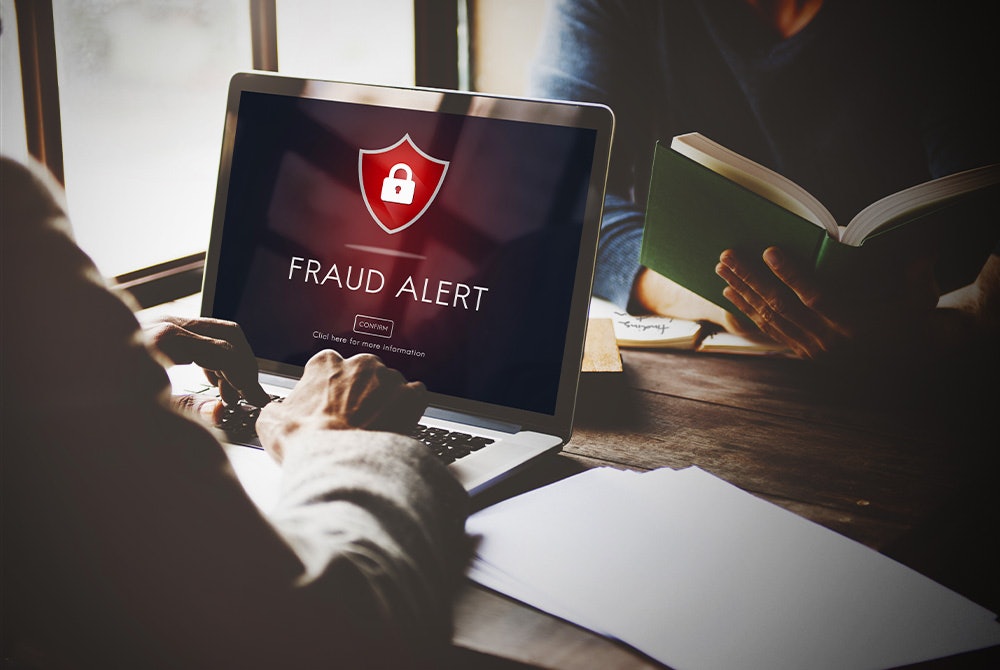- Types of Fraud Alerts
- How to Place a Fraud Alert
- How to Remove a Fraud Alert
- Fraud Alert vs. Credit Freeze
- Alternative Options
A fraud alert is something that you can activate on your credit report to stop identity thieves from taking out lines of credit in your name. Once activated, lenders looking into your credit report must verify that you are the one asking for a new line of credit or a loan, or they won't be able to access your report.
A fraud alert is recommended if you believe you are a victim of identity theft or may be at high risk.
Types of Fraud Alerts
Each credit bureau offers the same three types of fraud alerts, all of which are free.
Initial (Temporary) Fraud Alert
This type of fraud alert is recommended if you believe your identity may have been stolen, but you don't have proof yet. Initial Fraud Alerts lasts for one year and can be lifted at any time if you feel you are no longer at risk.
Extended Fraud Alert
The extended fraud alert option is for anyone who has been a victim of fraud or identity theft and needs longer-lasting protection. This type of fraud alert lasts seven years, and your name will also be removed from pre-screened credit card and insurance lists for five years. To be eligible for Extended Fraud Alerts, you must first submit a Federal Trade Commission (FTC) Identity Theft Report.
Active Duty Military Alert
This option is exclusive to active-duty military members who may be at high risk for identity theft while deployed. The Active Duty Alert lasts for one year, and your name will be removed from pre-screened credit card and insurance lists for two years.
How to Place a Fraud Alert
To place a fraud alert, you need to contact one of the three credit bureaus:
Once you activate a fraud alert with one credit bureau, they will alert the other two bureaus, who will also place fraud alerts on your credit report. If you have a identity protection plan, contact your provider for to place a fraud alert.
How to Remove a Fraud Alert
Removing a fraud alert is just as easy as requesting one. You only need to contact one of the three credit bureaus and request the removal. Of course, this should only be done if you are confident that nobody will be using your information or trying to gain access to your credit reports in the future.
Fraud Alert vs. Credit Freeze
A credit freeze stops anyone (even you) from taking out any lines of credit altogether, whereas a fraud alert is more of an extra verification step to make sure that you are the one making requests to lenders. While both options are meant to protect your money and keep your identity safe, a credit freeze is a much more drastic option than a fraud alert.
You should consider a credit freeze if you are actively experiencing identity theft and want extra protection against fraud. (If you freeze your credit, you'll need to unfreeze it if you're going to take out a line of credit.)
Alternative Options
If you aren't sure if your information is at risk for identity theft, there are other options to protect your credit. Although a fraud alert informs lenders that there is a possibility of fraudulent behavior, there are other services you can get that will help protect your identity before it gets stolen. Some examples include:
- LifeLock
- Costco - Identity Protection
- Identity Guard
- Aura
- Identity Defense


Comments